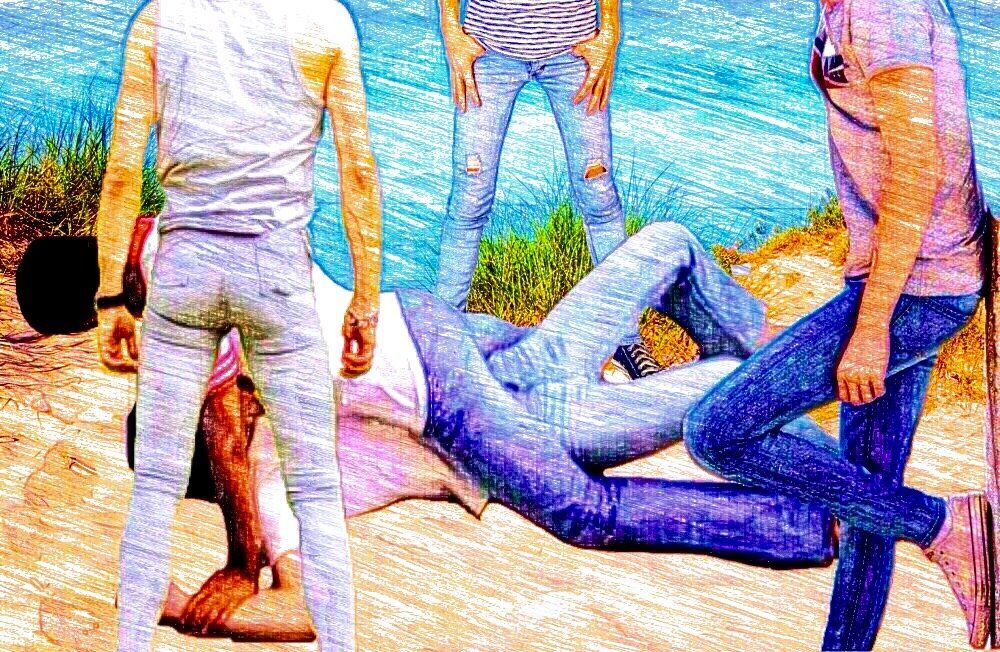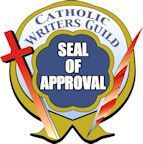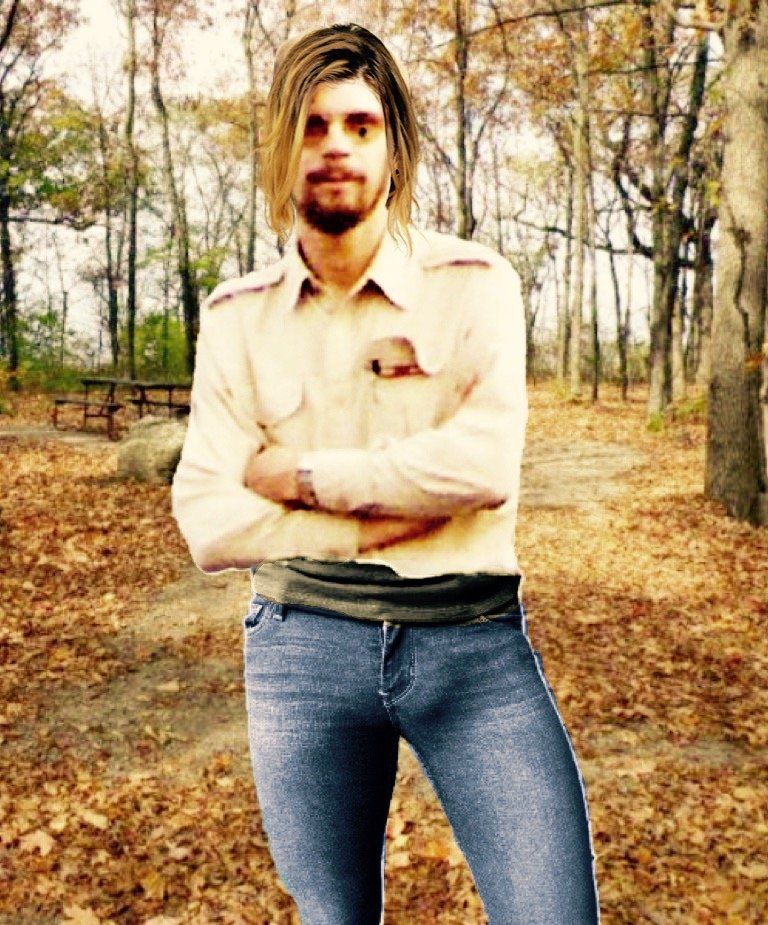This is based on interviews and public appearances I made, and on questions others have asked me regarding how my books came about. How did I write them?
What influenced me?
Is any of this based on my personal history?
How did I get published?
Here's all on how it got started, and grew.
Scrolling will vary by device. Follow sections by number.




